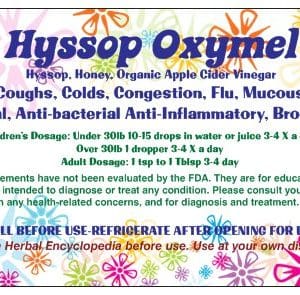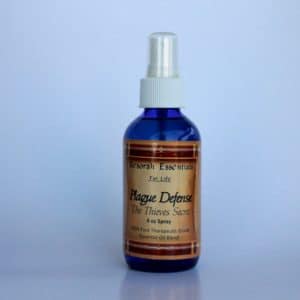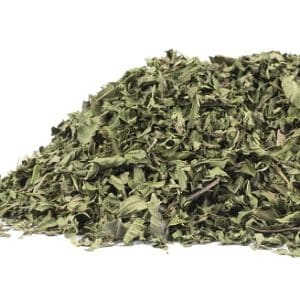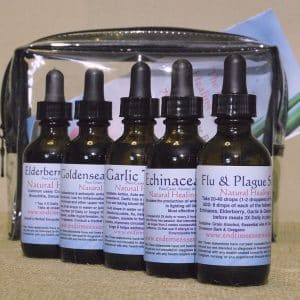Its Latin name is thought to have come from the Romans who named it after an ancient town, but it may also have derived from the Hebrew marrob, meaning bitter herb, as it is still eaten during Passover.
The Romans and other ancient civilizations relied on horehound to treat numerous ailments, including whooping cough, tuberculosis, jaundice, menstrual cramps, and constipation.
The Egyptians used it to repel flies, among other things.
Horehound has been a remedy for chest problems since ancient times and taken mainly in the form of a syrup. The Greek physician, Dioscorides (40-90 CE), recommended a decoction to treat tuberculosis, asthma, and coughs. He also recommended a plaster of Black Horehound leaves and salt for dog bites. He said that a balm made from dried leaves and honey would help purify infected wounds and ulcers.
In 1597, the herbalist John Gerard praised horehound as the “most singular remedy against the cough and wheezing.”
It apparently was brought to the New World by Spanish friars; and, having escaped from many a mission garden, it now grows wild throughout the temperate zones of Mexico and the southern US.
Horehound is most familiar as a flavouring for candies and some beverages.
Although it has a very long history of medicinal uses and approved by European health authorities, the US FDA removed it from the approved list in 1989, saying there was not enough evidence that it had any medicinal use. However, naturopaths, herbalists, and other practitioners continue to use it, based on its extensive history as a botanical medicine.
Key Actions
Key Components
vvolatile oil (up to 0.6%)




